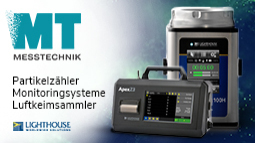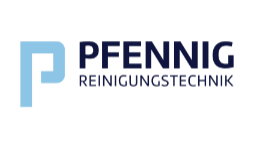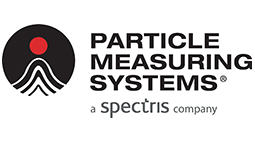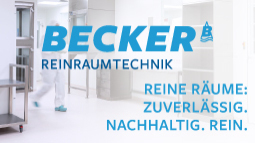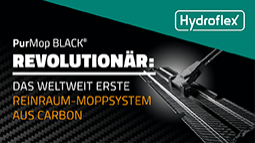M+W Zander: Solar cell factories increase tenfold their capacities until 2010
Solar cell manufacturers, machine and plant farmer are to work
together on the factory of the future "solar cells ' larva in Europe '
to become in the year 2010 their world market portion to hold or even
to develop be able. However up to then the manufacturing costs under
two dollar per Watt of achievement should sink ". This said M+W Zander
FE managing director Robert Gattereder in the context of a lecture
before industry experts on the Semi Expo in Moscow. With the industry
meeting he presented a concept for a ' factory of the future ' for the
solar industry. Afterwards (thin section -) a solar cell factory will
have increased tenfold its production capacity up to the year 2010 and
to produce within the Gigawatt range (= 1000 megawatts). At present
the capacities of solar cell factories still are with 80 to 100
megawatts. Gattereder: "the industry and its suppliers place before
completely new challenges.Therefore should the solar cell manufacturers, the machine and the
plant farmer over the requirements for 2010 together think." The
market price for the achievement of solar modules at present still
lies between 4,50 and 5,50 US dollar per Watt. In order to be able to
become generally accepted however without subsidies and world-wide
against fossil fuels, this price under two US dollar must slip. This
goal is, so Gattereder, only attainable with a global yearly capacity
with solar cells of expected ten Gigawatt per year. To the comparison:
For the current year experts expect a yearly volume from world-wide
2.1 Gigawatt. Einsparpotenziale does not only see the M+W Zander
concept in drastically increased production capacities. Parallel to it
the production processes could be simplified by standardisation.Likewise possible a better utilization of energy, approximately by
special, is factory-own power stations as in the semiconductor
industry, as well as an optimized logistics with the en and disposal
with chemicals, liquids and gases. Further saving possibilities would
offer the gradual increase of the substrate sizes of at present 125 to
210 millimeters and the use of thinner wafer disks. Gattereder: "for
such production processes the machines must be partly only still
developed. We can transfer our experiences as a plant farmer with the
building from semiconductor factories to the solar industry." The
drastic raising of the production capacities in the Gigawattbereich
leads according to estimations of M+W Zander in the comparison with
today's solar cell factories to scale gains from annually 20 to 30 per
cent. At the same time the fixed costs sink alone by the better use of
the machines and plants as well as savings with the building of the
factories.In addition the improvements mentioned come into factory automation
and logistics, with the energy and the utilities supply. The Semi Expo
CIS is an annually taking place measurement and congress meeting for
representatives of the semiconductor like the solar industry. It took
place on 3 and 4 October in Moscow (Russia).

